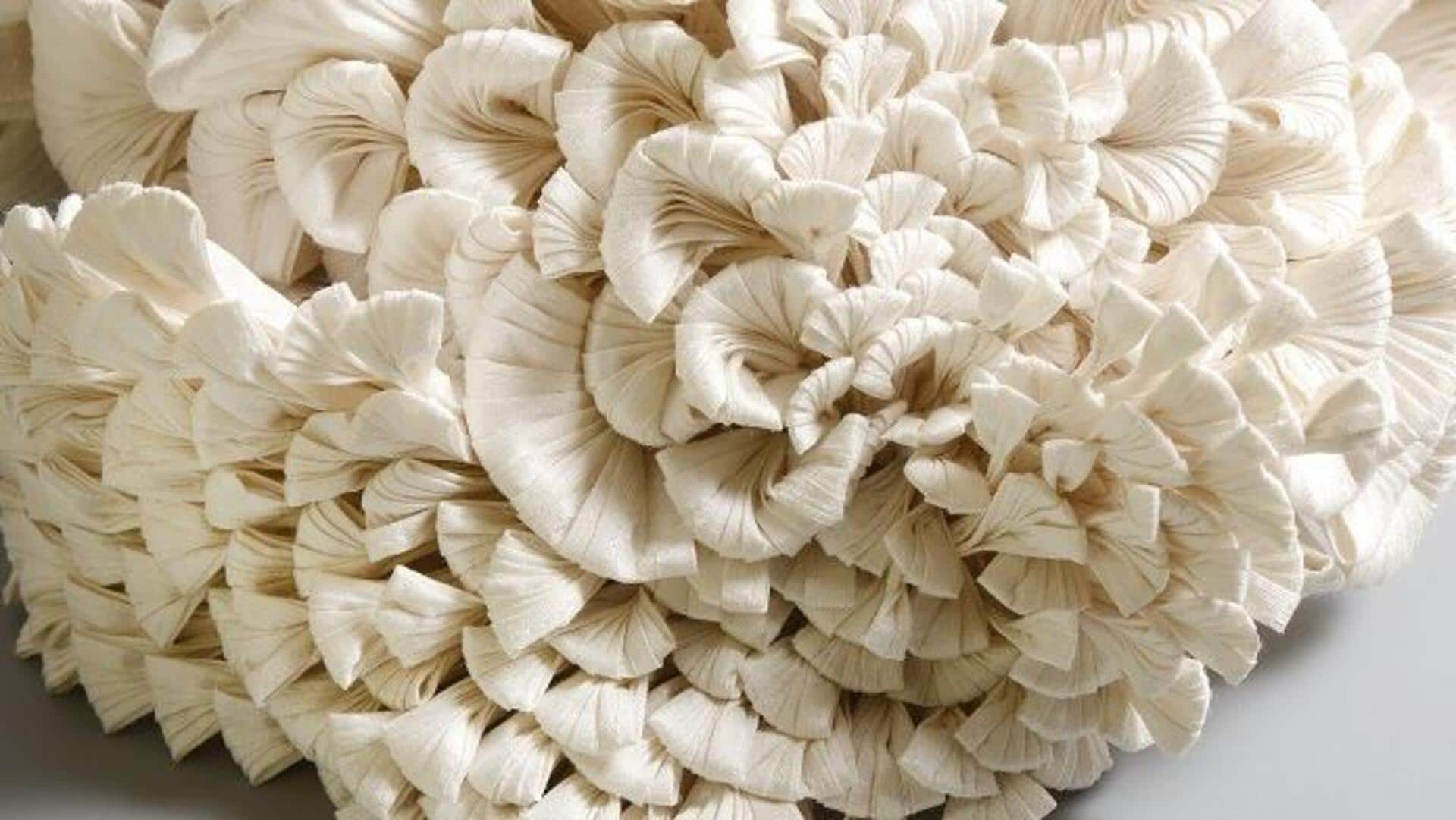
Heard about textile sculptures?
What's the story
African textile sculptures are a mesmerizing amalgamation of art and culture, reflecting the continent's rich heritage. Made using several techniques that have been inherited from generations, these sculptures are of immense cultural value, often symbolizing stories, traditions, and beliefs. Here's a look at the techniques behind these textile sculptures, and their significance in African societies.
#1
Traditional weaving techniques
Traditional weaving is also a core technique used to create African textile sculptures. Artisans weave intricate patterns into fabrics using handlooms, which are then shaped into sculptures. The process involves interlacing threads to create complex designs that reflect cultural symbols and motifs. This method requires skill and patience, as each piece is meticulously crafted to ensure precision and detail.
#2
Dyeing methods for vibrant colors
Dyeing is integral to the aesthetic beauty of African textile sculptures. Natural dyes, sourced from plants, minerals, and insects, are typically employed to create vivid colors. Tie-dyeing or batik techniques include the application of wax or tying parts of cloth before dyeing to create stunning patterns. These techniques not only add color but also render the textiles culturally rich.
#3
Cultural significance of patterns
Patterns on African textile sculptures also carry deep cultural meanings. Each design element can represent various aspects such as social status, community identity, or historical events. For instance, geometric shapes might symbolize unity or continuity within a tribe. Understanding these patterns provides insight into the values and beliefs held by different African communities.
Tip 1
Preservation through modern adaptations
Modern adaptations not only help keep traditional techniques alive but also add a new twist to African textile sculptures. Contemporary artists frequently play with materials like recycled fabrics or synthetic fibers in addition to traditional ones like cotton or silk. This combination gives way to innovation while upholding respect for ancestral practices—making sure that this art form continues to thrive amid changing times without losing its essence.